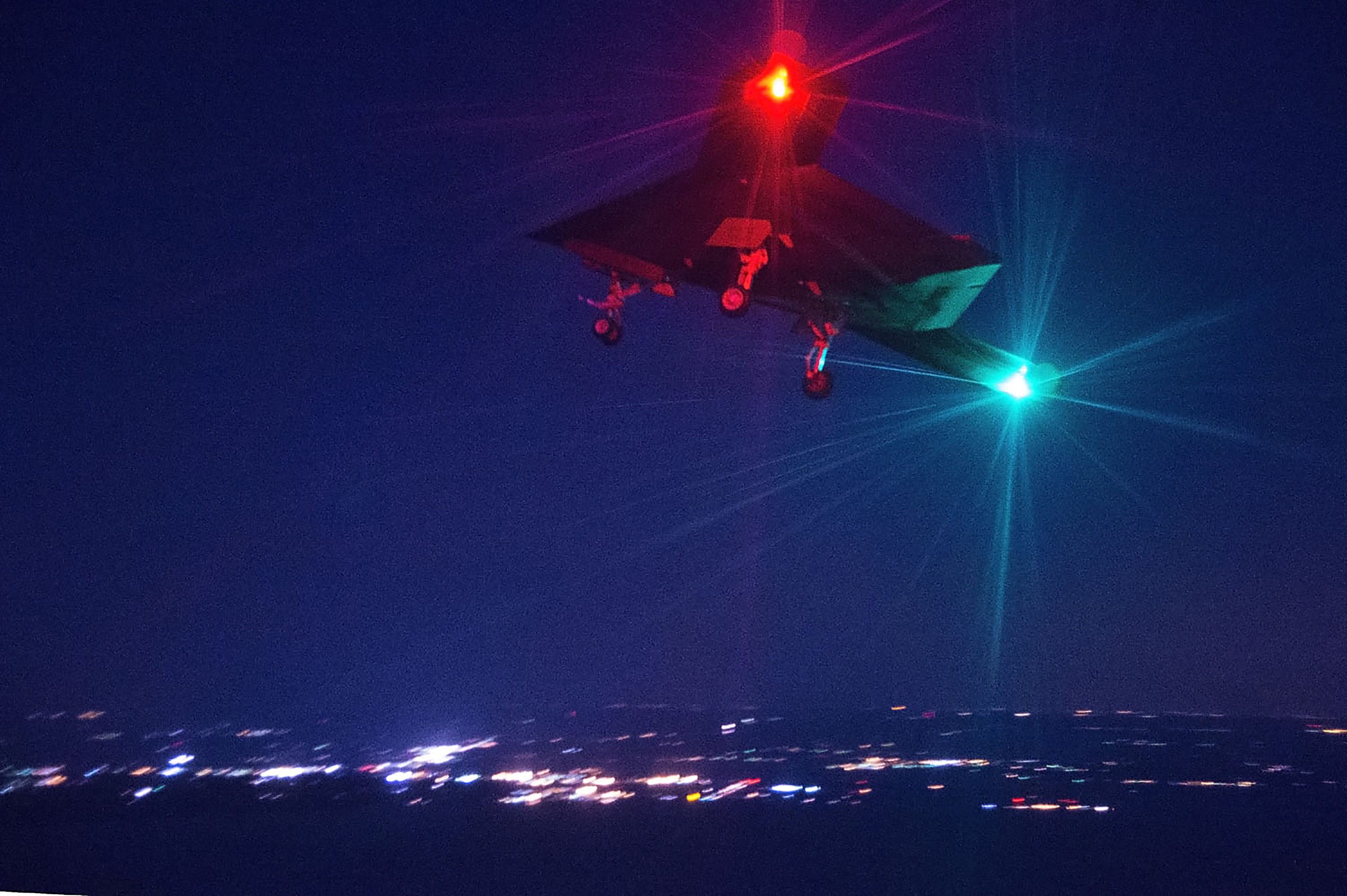
The Navy is pushing back a planned request for proposal (RfP) for its carrier-based unmanned aerial strike and surveillance aircraft pending a review of a controversial set of requirements by the Office of Secretary of Defense (OSD), defense officials told USNI News on Monday.
The delay of a planned July RfP for the Unmanned Carrier Launched Airborne Surveillance and Strike (UCLASS) comes ahead of a meeting this week between Deputy Secretary of Defense Bob Work and Navy officials to talk about the requirements for the aircraft, Naval Air Systems Command (NAVAIR) spokesperson Jamie Cosgrove told USNI News on Monday.
“They’re [still] putting the final touches on the RfP,” Cosgrove said.
“From our perspective, we’re still moving forward.”
NAVAIR anticipates the full RfP will be issued sometime this summer.
Lockheed Martin, Northrop Grumman, Boeing and General Atomics are all expected to submit proposals.
The Work meeting comes ahead of a planned session of the Pentagon’s Defense Acquisitions Board (DAB) — led by vice chairman of the Joint Chiefs of Staff. Adm. James “Sandy” Winnefeld — later this month. The DAB will give the final stamp of approval for the UCLASS RfP.
“OSD wants to have discussions about UCLASS but no formal decision has been made,” a defense official familiar with the review told USNI News on Friday.
NAVAIR and Pentagon officials pushed back against an earlier report on Friday that claimed a decision for a more permanent stop in the UCLASS acquisition came from an earlier DAB meeting.
Work’s new look comes a few months after a congressional effort to reevaluate the UCLASS requirements.
A provision in the House’s version of the Fiscal Year 2015 National Defense Authorization Act restricts a planned $403 million in UCLASS funding.
If the bill is signed, the development money will be held up until the conclusion of a new study of requirements for an unmanned carrier aircraft is delivered to Congress.
The new look highlights an ongoing debate over what role an unmanned aerial vehicle should play in a carrier strike group (CSG).
Some want the aircraft to be a well-armed, high-end and stealthy penetrator that will operate in tandem with the carrier air-wing.
Others want an efficient aircraft that will operate while the air wing is asleep, providing continuous information, surveillance and reconnaissance (ISR) orbits around the CSG with a light strike capability.
Work — before becoming the Pentagon’s second highest civilian — co-authored a 2008 report arguing for a high-end, carrier-based unmanned aerial vehicle able to penetrate sophisticated air defense networks.
The House Armed Services Subcommittee on Seapower and Projection Forces plans to hold a UCLASS requirements hearing on Wednesday.





